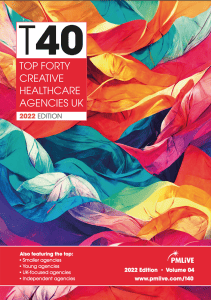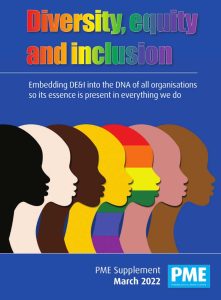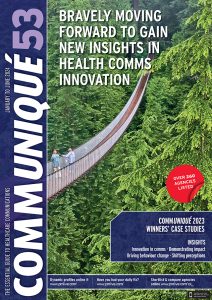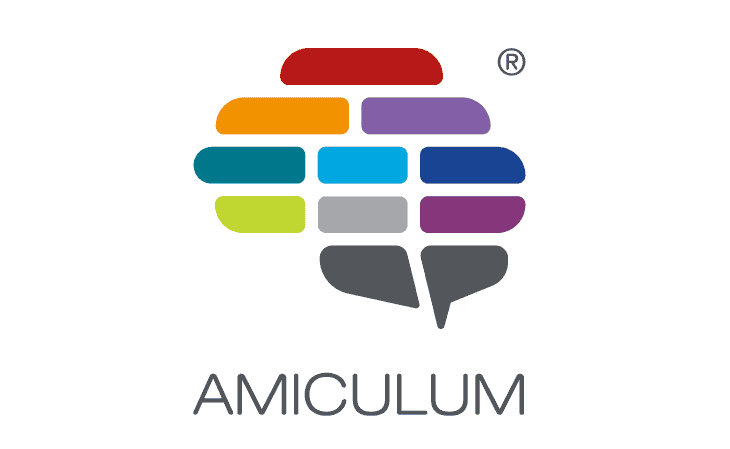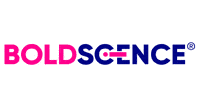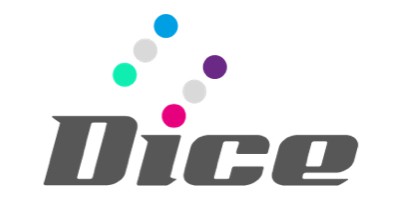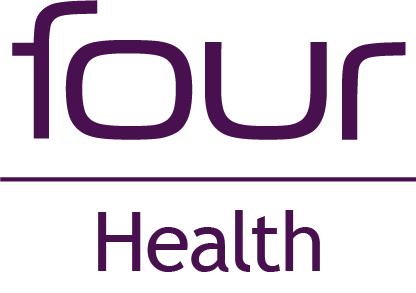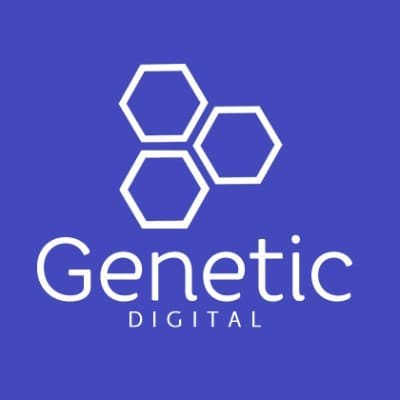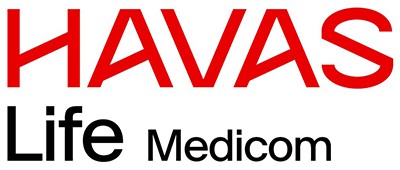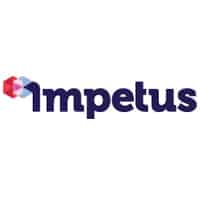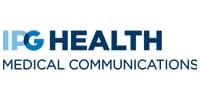Page & Page and Partners
Page & Page is an independent creative agency on a mission to close the healthcare gap through the power of imaginative communication.
This is a FREE LISTING on PMHUB
Below are full profiles from other companies in related areas
11 London
We live in a hyper-connected world. This has clear benefits for the health of our communities, our businesses and our planet. But are those connections working for or against your…
AMICULUM
AMICULUM is an independent family of 11 branded agencies that deliver communications and consultancy services to pharmaceutical, biotechnology and health technology companies across the world. What makes us different is…
Anthem PR
With a rare strength in media and influencer relations, Anthem’s award-winning team offers a fresh approach to health PR
Apex.co.uk Events and Exhibition Stands
Apex.co.uk is one of the UK’s leading exhibition stand and event agencies, specialising in healthcare. We understand your communication goals, whether through creative worldwide exhibition stands, product launches and sales…
Avalere Health
Avalere Health is a leading global commercialization partner for the biopharmaceutical, medical technology, and wellness industries. Working from advisory to performance, we combine our knowledge and expertise across our disciplines…
BOLDSCIENCE
We know what it takes to create brands, to start new conversations, to simply communicate complex science, to change lives… that’s what we’re about & we’re BOLD
COUCH Health
We are a patient engagement agency committed to making clinical study experiences human. By guiding organisations in making everything they do in clinical studies more human – more accessible, insightful,…
Create Health
A specialist Advertising and Med Comms agency dedicated to bringing much-needed creativity to healthcare marketing. We believe that brilliant ideas aren’t just good for business, they can make a positive…
Cuttsy + Cuttsy
Here at Cuttsy+Cuttsy, we believe in making the world a better place by bringing trusted, accessible information to all and supporting understanding and outcomes across trials, treatments and beyond.
Dice Medical Communications
Dice Medical Communications is an independent communications agency that works with our clients to help launch, build, and continually develop great pharmaceutical brands. We do this by creating Pharmacohesion™.
Four Health
Beautiful things happen when you put the right ingredients together. It’s the reason that we mix behaviour change experts with content creators, PR gurus with advertising geniuses & sector specialists…
Genetic Digital
We guide healthcare and life sciences organisations through digital transformation. Simplifying the complex world of tech and marketing, we create impactful assets and strategies to drive long-term growth and positive…
Grace Communications
We’re an independent healthcare brand communications agency with a host of awards that speak to our success. Combining razor-sharp insights with unbounded creativity, we pride ourselves on delivering tailored campaigns…
Graphite Digital
We’re a digital CX agency collaborating with healthcare and pharmaceutical organisations to help them connect more deeply with their audiences through meaningful digital experiences. Our teams of specialists help clients…
Havas Life Medicom
We are a fully integrated agency that is 100% dedicated to creating standout communications in healthcare. Our success starts by strategically aligning promotion, medical education and PR across the product…
Advertising, Branding, Clinical Research, Conference/meetings/events, Creative and design, Digital communications, Management consultancies, Market access, Market research, Marketing consultancies, Medical communications, Medical education, Patient support and adherence, Public relations, Regulatory affairs
Havas Lynx
We are the Havas Lynx. Devoted to fresh thinking. Changing the way the world does healthcare communications for the better. Great talent. Great ideas. Great outcomes.
Health Unlimited
Health Unlimited is a global health consultancy and communications agency built by specialists with unmatched experience, perspective and expertise. For more than 25 years we have been driving results for…
IGNIFI
We’re IGNIFI. An independent creative agency, we help spark and sustain successful brands for some of the biggest names in healthcare and active lifestyle. We work with global and local…
Impetus Digital
Impetus Digital has offered virtual advisory boards, clinical trial investigator consortiums, co-author publication working groups, steering committees, and medical education to life science companies from around the globe since 2008.
IPG Health Medical Communications
We are the world’s most celebrated and awarded Medical Communications agencies. We are 800 experts obsessed with combining science, creativity and technology to exceptional medical communications solutions for our clients.
- 1
- 2
Company Details
Latest Content from PMHub
Navigating the future of AI: Insights from EphMRA’s one day meeting in London
White Papers and Resources | April 22, 2024 | Research Partnership
Authored by: Ellie Forde and Mark Braund, Directors
Effective Communication in Virtual Meetings: Stay Pithy - Impetus InSite Tips #4
Videos and Podcasts | April 18, 2024 | Impetus Digital
Learn the value of concise communication in our fourth tip for optimizing virtual meetings. Discover how keeping interactions short and focused can drastically improve engagement and retention in today's fast-paced...
Navigating Stress: Understanding, Addressing, and Supporting Our Team
White Papers and Resources | April 17, 2024 | Mednet Group
Explore how we're supporting our team with managing stress in the workplace
Research conducted for Johnson and Johnson published in scientific journal
Press Releases | April 17, 2024 | Research Partnership
Findings from a study conducted by Dr. Chris Gaj, Vice President at Research Partnership, has been published in Clinical Genitourinary Cancer.
Why choose a B Corp agency?
Press Releases | April 16, 2024 | Wallace Health
Going through the B Corp process – and successfully gaining certification at the end of last year – gave us a stronger sense of our values as an agency. It...
Getting Past the Old-Fashioned View of Patient Advocacy
Press Releases | April 16, 2024 | Medscape Education Global
Patient advocacy organizations today are data-driven, doing amazing work — and have the hard evidence to support their impact on patient care. The challenge is getting past the perception of...
Connecting our Inizio Advisory capabilities to help a client address a threat to the brand, guide strategy and improve brand performance
Press Releases | April 15, 2024 | Research Partnership
The challenge Our client knew that prescribing of a key brand in a major market had slowed and needed to understand which patient segments were impacted so they could address...
Enhancing Honesty in Feedback: Blinded Questions
Videos and Podcasts | April 11, 2024 | Impetus Digital
Explore our third tip in our series aimed at refining asynchronous virtual meetings. Discover how using blinded questions can significantly minimize bias and enhance the integrity of feedback in virtual...
Autoimmune conditions: Living With syndicated patient reports
White Papers and Resources | April 11, 2024 | Research Partnership
The prevalence of autoimmune conditions is increasing, and despite significant advancements in treatments, individuals affected by these diseases may not be receiving the most effective management and care. In our...
Mile High Impact at AAN 2024
Press Releases | April 11, 2024 | Medscape Education Global
The Medscape team will be joining our neurology colleagues in Denver, CO for this year’s AAN Annual Meeting. Impact will take center stage at this year’s event as Medscape presents...

